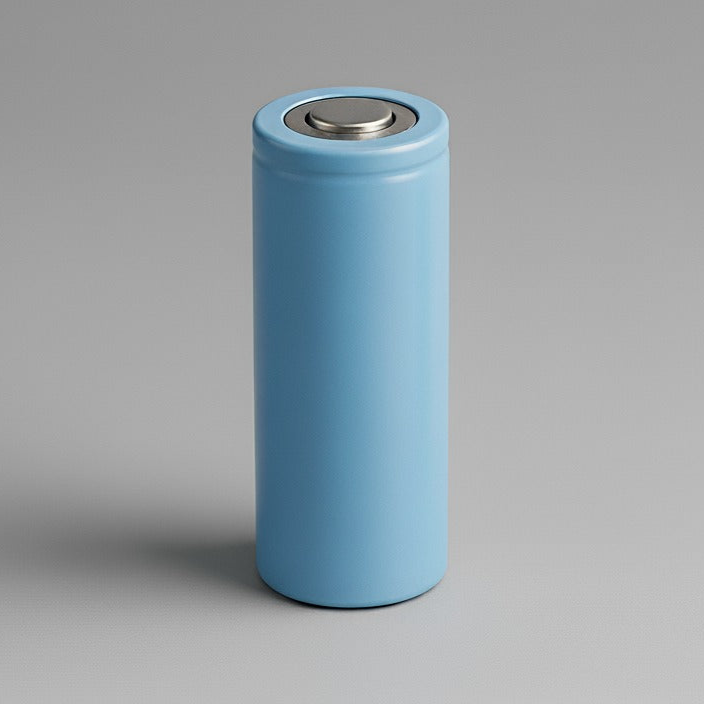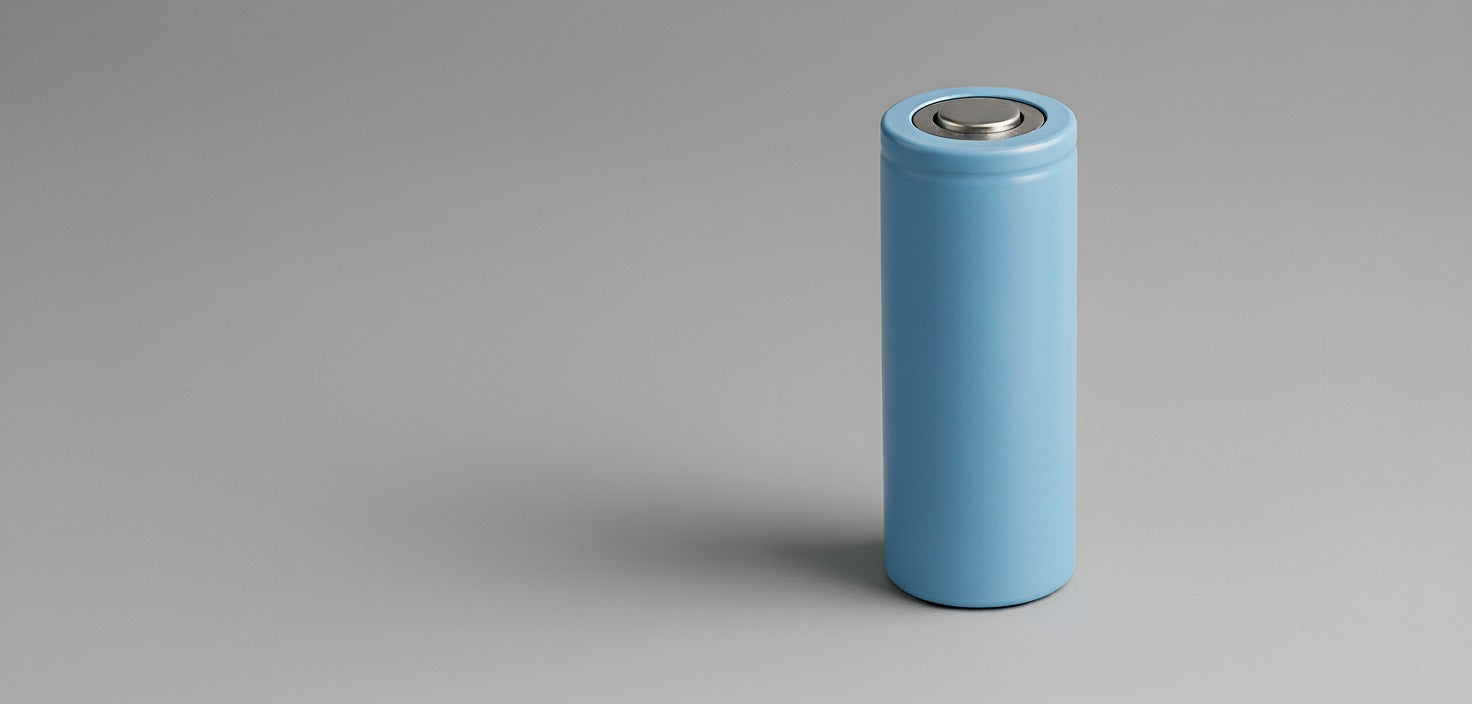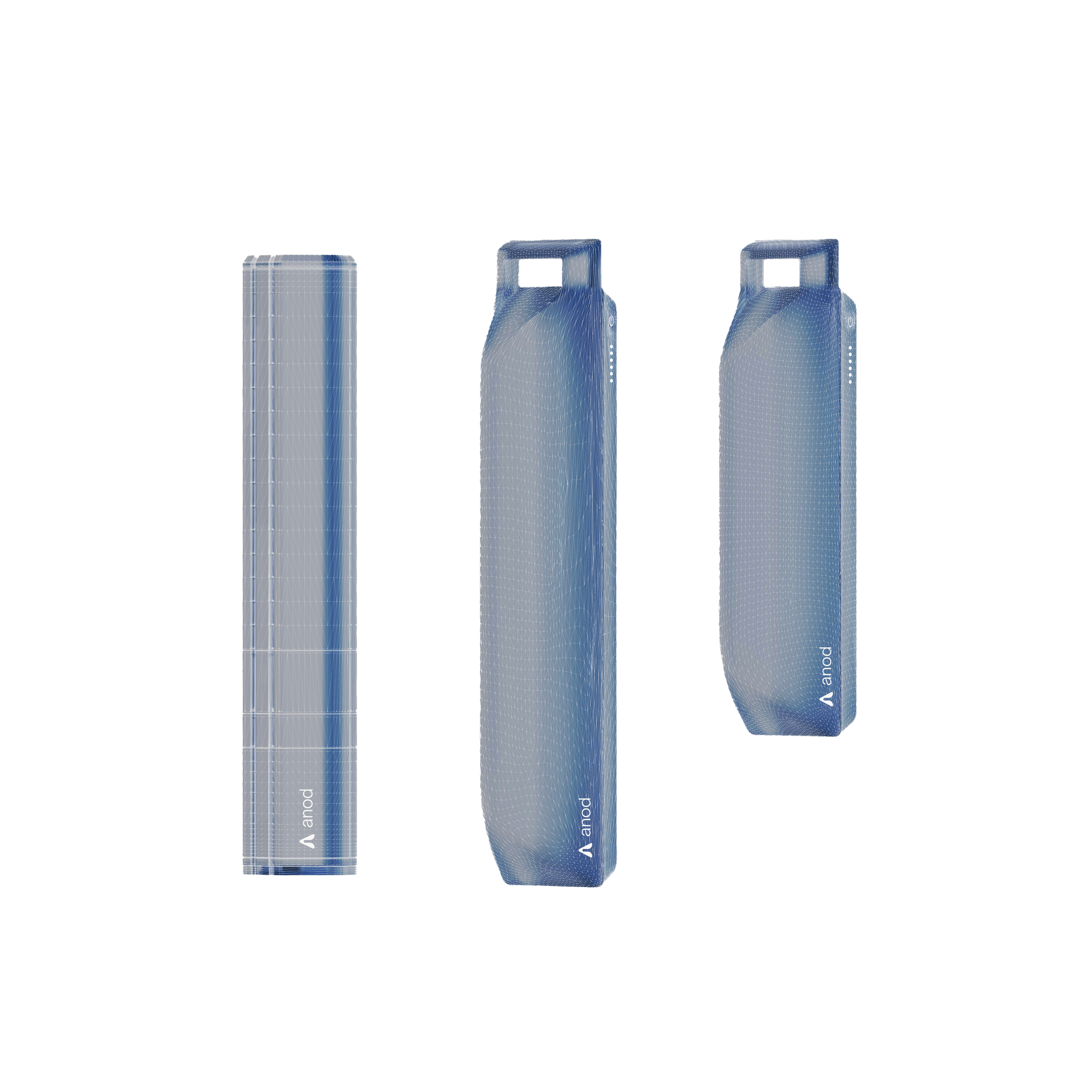
The latest generation of energy storage devices
A hybrid supercapacitor combines the safety, power, and lifespan of a supercapacitor with the autonomy of a battery. It's the fusion of the best of both worlds.
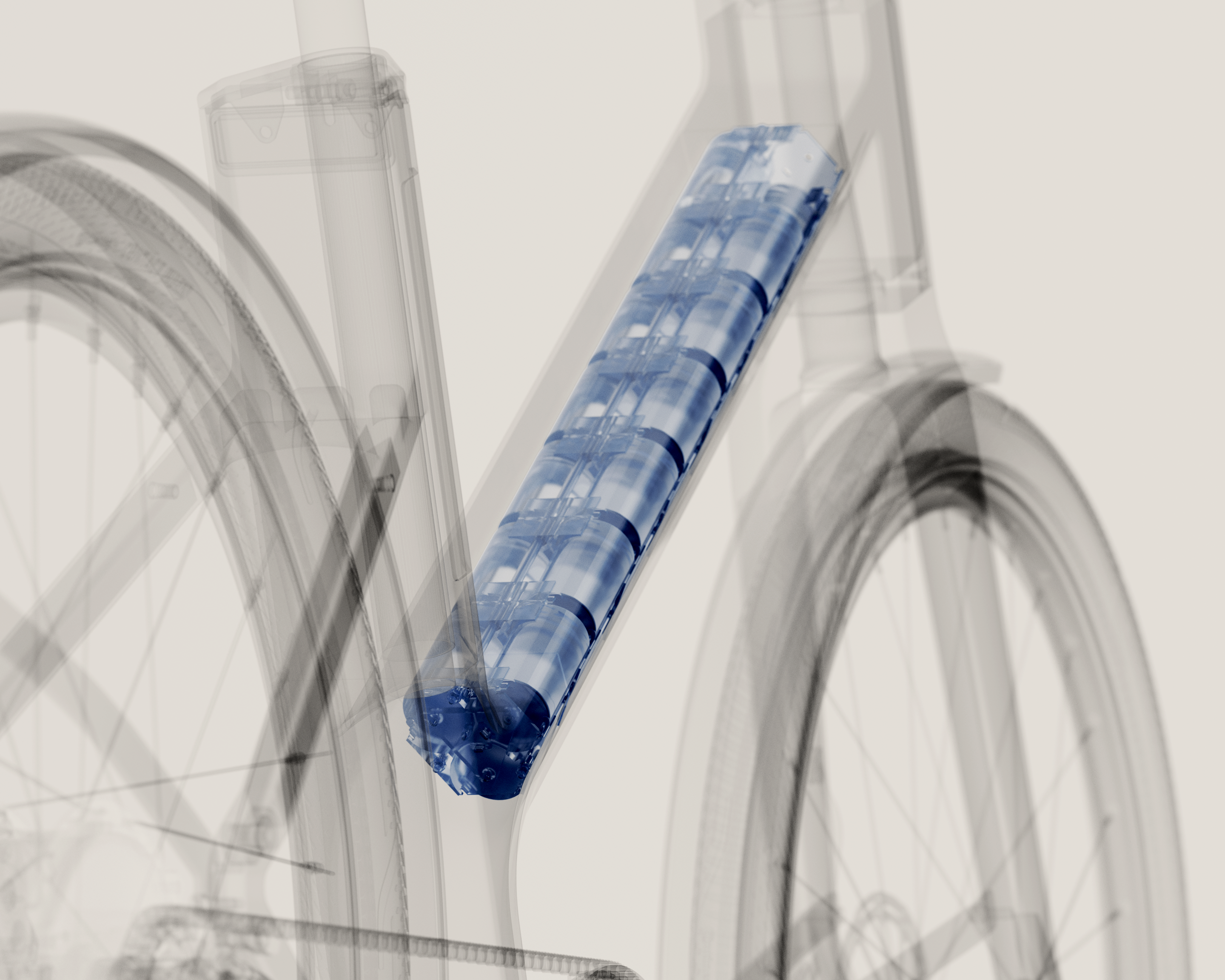
The energy of a battery, without the danger.
No more fires related to lithium-ion batteries. Hybrid supercapacitors completely eliminate thermal runaway, even in the event of a fall, crushing, or short circuit.
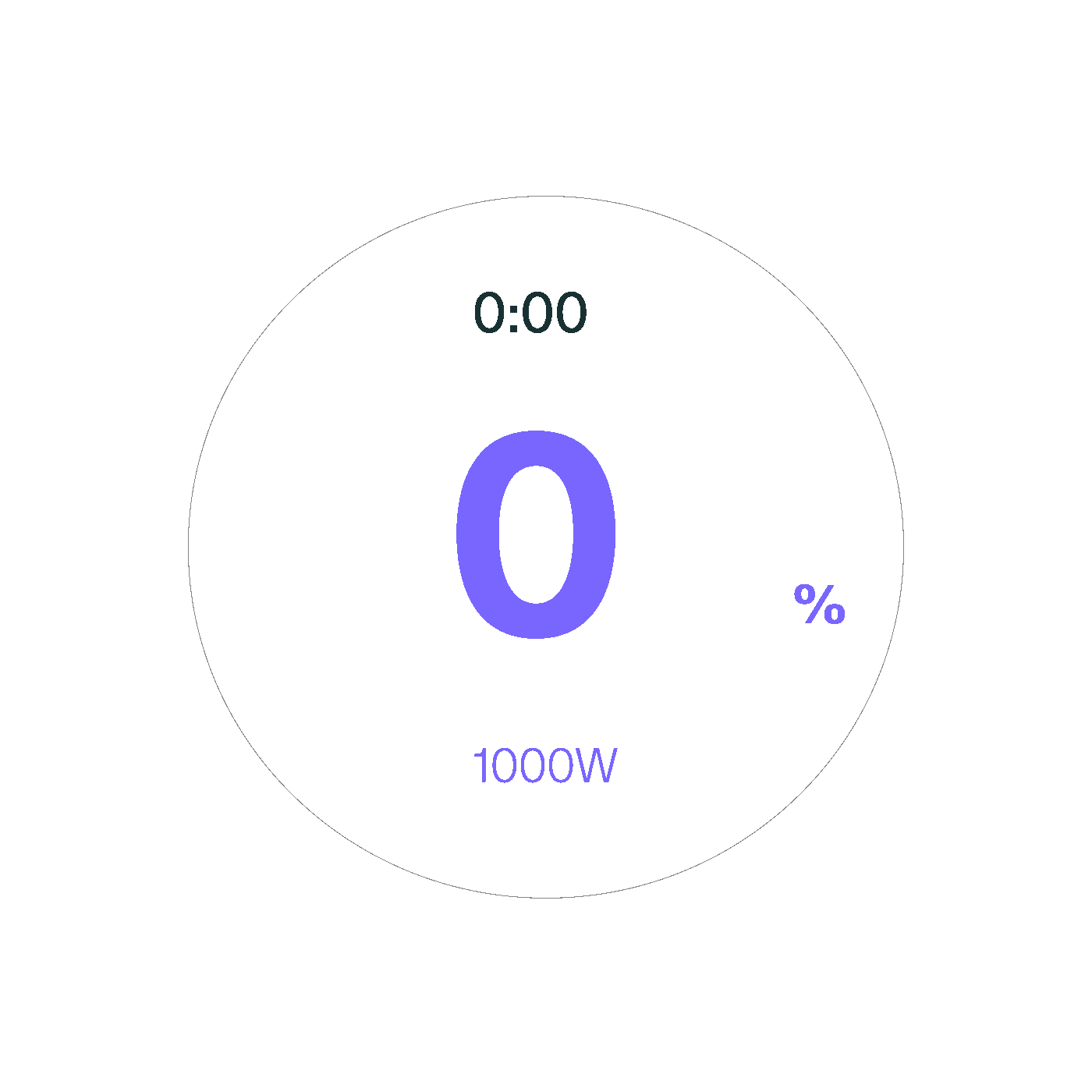
0 to 100 in 25 minutes
The future shouldn't wait. With S.A.F.E. technology, get back on the road with a full charge in under 30 minutes.

A lifespan 10 times longer
With Anod, forget about obsolescence: where a battery runs out of steam in 500 cycles, our hybrid supercapacitors continue beyond 8,000. More sustainable energy, in the service of a more responsible future.

Operates from -20°C to +60°C
Whether it's freezing or 40°C, S.A.F.E. continues to deliver all its power. Truly all-terrain mobility, without risk, without failure and without compromise.
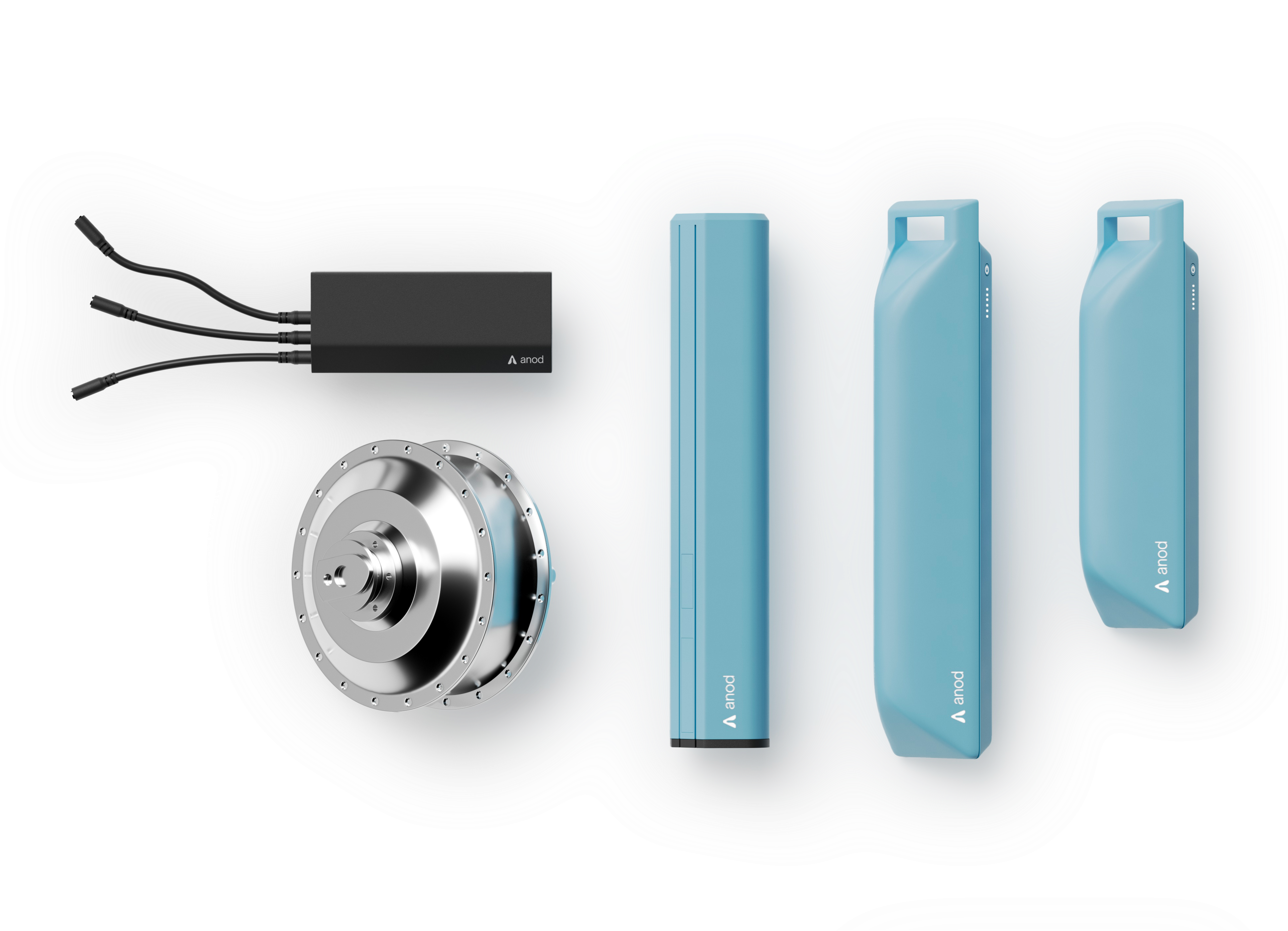
An integral part of the Anod system.
Hybrid supercapacitors reveal their full potential when combined with the Anod motor, our intelligent algorithms, and our electronics, within our S.A.F.E. system..
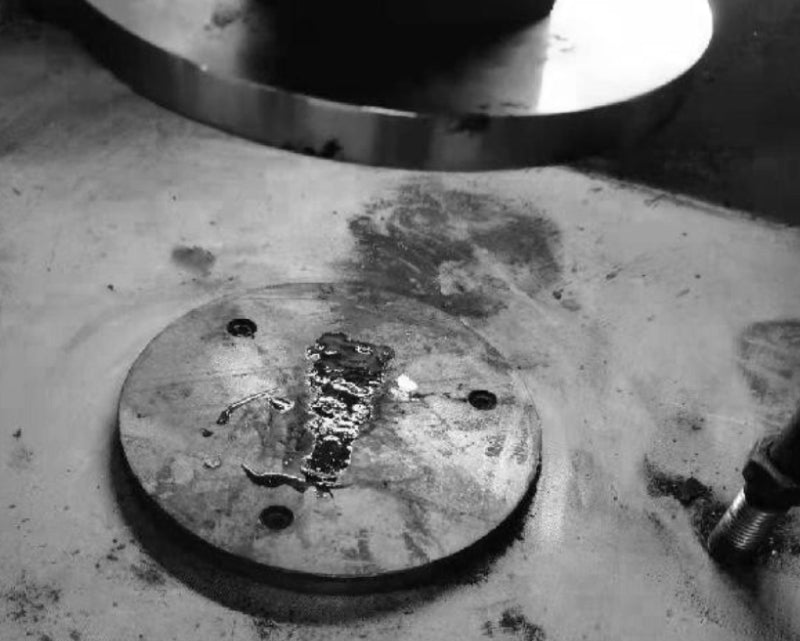
What is the difference with lithium-ion?
In order to show you just how safe hybrid supercapacitors are, we put them through a series of tests that are usually fatal for lithium-ion batteries.
Quelle différence avec le lithium-ion ?
Afin de vous montrer à quel point les supercondensateurs hybrides sont performants, nous leur avons fait passer une série de tests qui sont mesurent leur performance et fiabilité.
FAQs
Hybrid supercapacitors offer slightly lower energy density. But thanks to our complete system (motor, electronics, energy management), we achieve equivalent autonomy, with even higher efficiency and much faster recharging.
Yes. S.A.F.E. packs operate from -20 °C to +60 °C, where lithium-ion quickly loses performance. They can even be recharged at sub-zero temperatures.
Hybrid supercapacitors have so far been reserved for demanding industrial applications (military, rail, logistics). Anod is the first to adapt and optimize it for micromobility, offering a complete system ready to be integrated into electric bicycles.
Yes. The S.A.F.E. technology is designed as a modular system that can be integrated into different bike frames and architectures, from urban e-bikes to cargo bikes.
Unlike lithium-ion batteries, a punctured LFP battery does not catch fire. The cell dissipates heat without causing thermal runaway.
The maximum charging power depends on the battery model. It ranges from 1000W (20A) to 2000W (40A).

